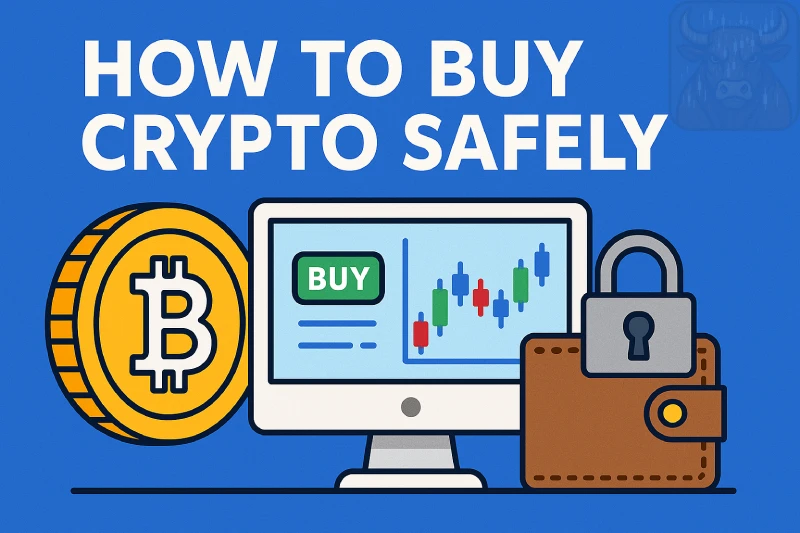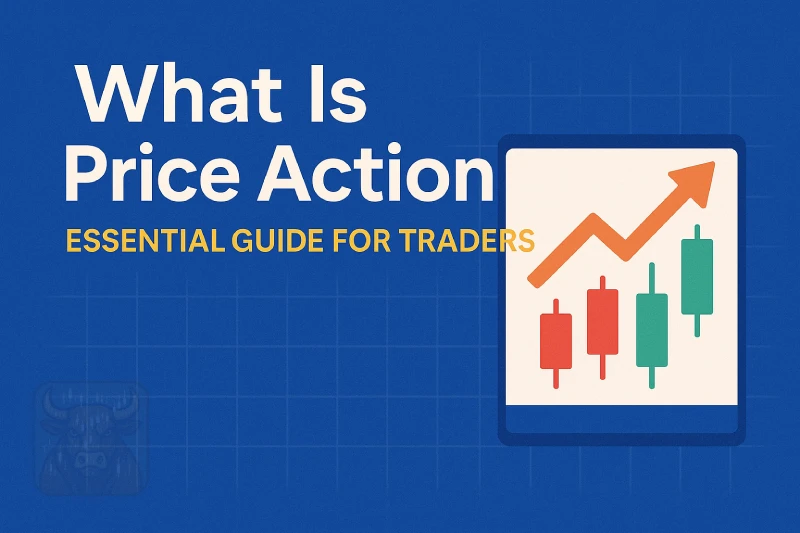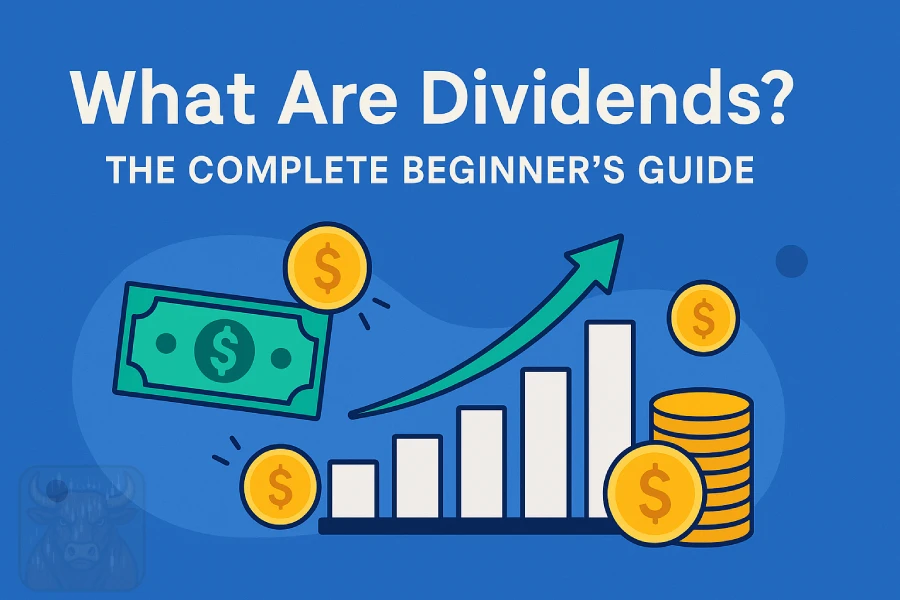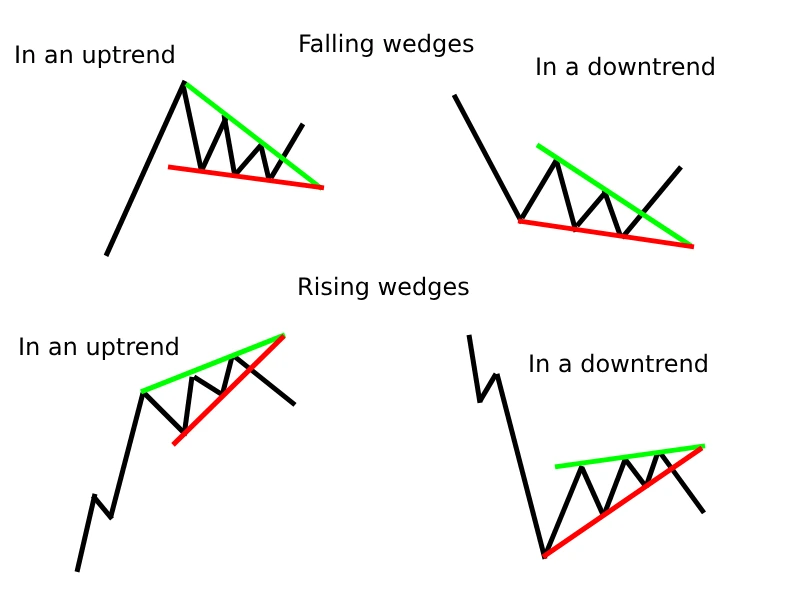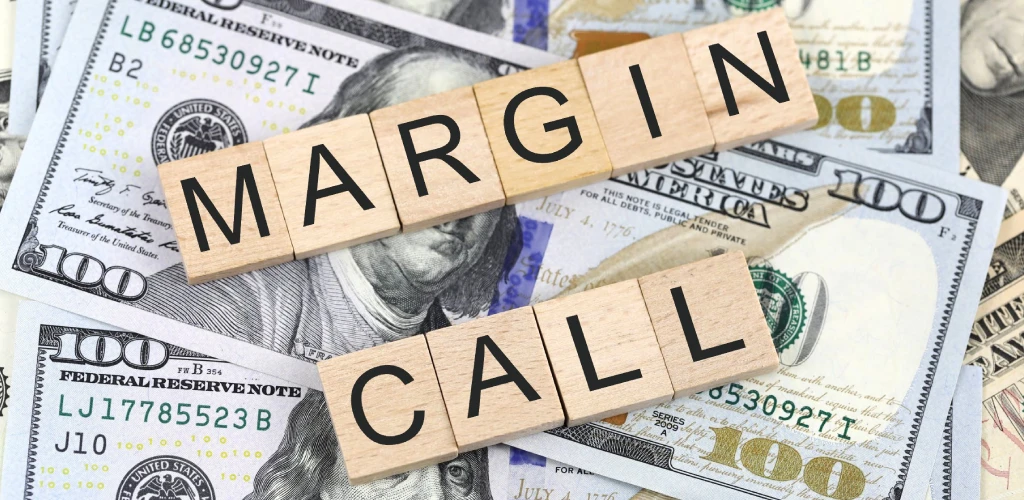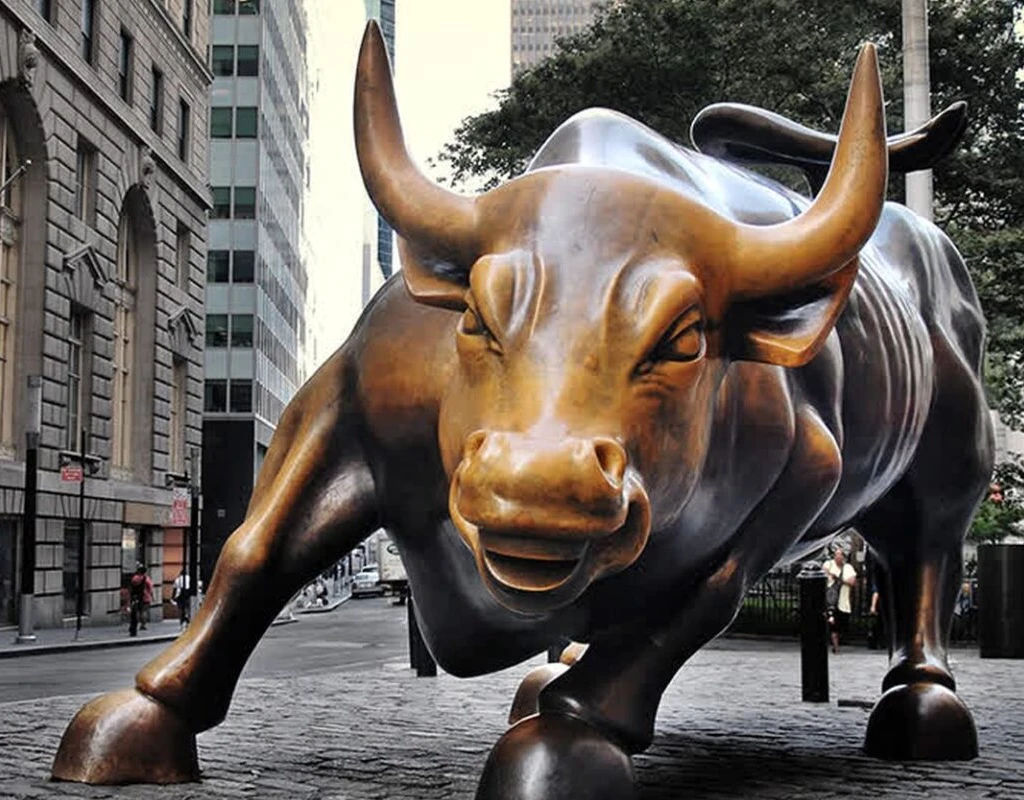🧠 Master Fear & Greed in Trading: Pro Tips for Real Discipline
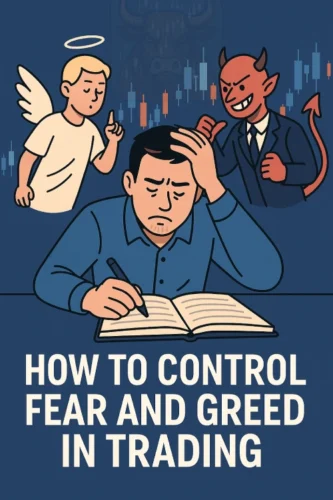
Did you know that 90% of trading failures come from psychology, not strategy?
Being 100% honest, managing my emotions has been the hardest part for me to improve.
I started investing just a few months before one of the worst bear markets in recent history hit (post-COVID and everything that followed).
Every time I opened a trade in a spot that, according to my technical analysis, looked like a solid entry… fear would kick in the moment the price pulled back a little, and I’d close the trade too early.
The crazy part? Like 70% of the time, the price actually did go up—just like my analysis said it would 😭.
So yeah, if you’re struggling with managing your emotions like I was, I hope this post helps you out.
Just remember: theory alone won’t get you there. You need time and practice too.
In this raw, practical guide, you’ll discover:
✅ Why your brain sabotages your trading (and how to fix it)
✅ The 3-second “mind hack” professional traders use
✅ How to set up your environment for disciplined trading
✅ My personal fear/greed journal method (works wonders)
✅ When to walk away – even if it costs money
“The market doesn’t beat traders – traders beat themselves.” Let’s change that.
🧩 Why Fear and Greed Wreck Traders
The Science Behind Trading Psychology
Your amygdala (the brain’s fear center) reacts to market movements like our ancestors reacted to lions. Meanwhile, dopamine spikes during wins can turn rational traders into gamblers.
Real symptoms you’ll recognize:
- 💸 Fear: Closing winners too early (for a small setback), avoiding valid setups
- 🤑 Greed: Not taking profits and ignoring your strategy just because you think “It’s going to go up more.”
- 😵 FOMO: Chasing prices after missing an entry
I’m pretty sure every trader or investor has gone through these emotions, or will at some point. It’s totally normal, even the most experienced ones feel them. The big difference? They’ve learned how to control those emotions and actually use them to their advantage.
🛡️ 7 Battle-Tested Techniques for Discipline
1️⃣ The Pre-Trade Checklist (Your First Defense)
Before every trade, ask:
- Does this fit my strategy EXACTLY?
- What’s my entry/exit/stoploss? (Write it!)
- Am I trading the chart or my emotions?
Pro Tip: Keep this checklist on a sticky note on your monitor.
2️⃣ The “3-2-1” Breathing Method
When you feel panic or excitement:
- Inhale for 3 seconds
- Hold for 2 seconds
- Exhale for 1 second
Repeat until your heart rate normalizes.
3️⃣ Position Sizing That Lets You Sleep at Night
Don’t risk too much on any single trade — this is where most beginners go wrong.
Here’s a simple way to stay safe:
🧮 Use this rule: Only risk 1% of your total account on a single trade.
How to calculate it:
- Look at your account balance (let’s say it’s $1,000)
- 1% of $1,000 = $10 → This is the most you should risk on one trade
- Figure out how far the price can go against you before you would exit (your stop loss)
- Adjust the size of your trade so that if the stop loss is hit, you only lose $10
📌 Example:
- You want to buy a stock at $50
- Your stop loss is $48 (you’ll exit if it drops $2)
- To only risk $10, you can buy 5 shares (5 × $2 = $10 risk)
💡 Why this works: You’ll stay calm because even if the trade goes wrong, you know your risk is controlled. No more panic exits or sleepless nights.
🧠 Tips to Use It Effectively:
- Be honest with your emotions — it’s for your growth.
- Track your trades daily, even small ones.
- Review your journal weekly to look for patterns.
- Color code: ✅ Good habits / ❌ Emotional mistakes
4️⃣ The Trading Journal That Actually Helps You Improve
Most people think journaling is just writing down wins and losses… but the real magic is tracking your emotions.
Here’s what to include after every trade:
- 📊 Basic trade info: What you bought/sold, entry/exit price, result
- 😐 How you felt before, during, and after (Rate it from 1 to 10)
- ⚠️ What triggered fear or greed (e.g., “Saw price spike and panicked”)
- 💡 What you learned and what you’ll do differently next time
📘 Example Entry:
- Bought AAPL at $170, sold at $172
- Felt excited before, nervous during (7/10), relieved after
- Got greedy and didn’t close earlier — price almost reversed
- Next time: Use a take-profit level and stick to it
👉 Why this works: Patterns start to show. You’ll see when and why you make mistakes — and once you spot them, you can fix them.
5️⃣ The “Walk Away” Rule
Set hard limits:
- After 2 losses → Take a 1-hour break
- After 3 losses → Stop for the day
- Big win? → Lock in profits and pause
6️⃣ Environment Design Hacks
- 🔇 Turn off P&L display during trades
- 🚫 Remove “close trade” button from quick access
- 🌿 Keep a stress ball or plant at your desk
7️⃣ The “Would I Teach This?” Test
Before acting, ask:
“Would I teach a new trader to do this?”
If no → Don’t do it.
📈 Fear & Greed Indicators (Beyond the Obvious)
Controlling emotions isn’t just about the big meltdowns — it’s the small habits that quietly destroy your trades. Here are subtle red flags that fear or greed might be running the show:
⚠️ Fear is sneaking in when…
- 😬 You check your P&L every few seconds, hoping your trade hasn’t turned red.
- ✋ You skip a trade setup that fits your plan because “the market looks scary.”
- 🔄 You close winning trades too early just to “lock in profit” — even when the chart says hold.
I remember closing a trade up $50 when I had planned to aim for $150. I felt relief — then watched it hit my target minutes later. That wasn’t strategy. That was fear.
💰 Greed is taking over when…
- 📉 You move your stop loss farther away to “give it more room” — usually ends in a bigger loss.
- ➕ You keep adding to a losing trade hoping it’ll bounce back (AKA “revenge trading”).
- 🎯 You ignore your take-profit level because “it’s going to moon.”
One time I was up 30% on a swing trade — I thought, “Why not 50%?” Then it reversed hard. I ended up exiting with just 2%. That greed cost me real gains.
🔄 FOMO (Fear of Missing Out) is in control when…
- 🏃♂️ You jump into trades late, after a big move, without a clear plan.
- 💡 You abandon your strategy the moment you see others making money on something else.
- ⏳ You can’t sit on your hands — you feel like you have to be in a trade all the time.
I once entered a breakout trade on a stock that had already pumped 20% in one hour. I didn’t even check support/resistance. Got in late, got stopped out fast.
✅ What to Do About It
These behaviors aren’t signs of failure — they’re diagnostics. When you catch them, you’re halfway to fixing them. That’s why keeping an emotion-based journal is so powerful: it reveals which pattern you repeat most.
⚔️ Handling Specific Scenarios (Been There, Done That)
🐍 When Fear Strikes: Hesitating on valid setups
The Problem:
Everything checks out: your analysis, the trend, your setup. But when it’s time to click “buy” or “sell,” your hand freezes. You second-guess the plan, worry it might go wrong, and miss the trade entirely.
What Happened to Me:
There was this perfect breakout setup on EUR/USD. I had marked the zone hours ago, watched it consolidate, and finally, the breakout happened. But when it was time to enter, I told myself: “Maybe it’s a fakeout… I’ll wait a bit more.” By the time I convinced myself, the move was gone. I wasn’t afraid of losing money, I was afraid of being wrong.
The Fix:
What really helped me was using “set-and-forget” entries with limit orders. If my analysis is solid and the setup matches my plan, I place the order and walk away. I also keep a small sticky note next to my screen.
🤑 When Greed Takes Over: Letting winners turn into losers
The Problem:
You’re in profit. You should close it… but no, it’s going to keep going, right? You wait. Then it turns. You wait some more. Now you’re negative, and angry at yourself.
What Happened to Me:
I once in my beginnings turned a $120 gain into a $40 loss just because I thought the price would push “a bit more.” It didn’t. It reversed hard — and I didn’t have a stop loss. That $160 swing hurt more than any normal loss.
The Fix:
Now use stop loss and I adjust the stop loss. Once up a decent amount, I move my stop to lock in profits. That way, if it runs, great — if not, I still walk away green.
😱 When FOMO Attacks: Chasing extended moves
The Problem:
You see a chart flying. It’s already moved big, but you feel like you have to get in. You buy the top. The next candle is red. Ouch.
What Happened to Me:
I bought into a stock after it jumped 6% in minutes. I didn’t want to “miss out.” The second I entered, it stalled — and then dropped. I was down instantly and had no plan. I ended up closing with a loss just out of panic.
The Fix:
Now I wait for the pullback I “missed.” I tell myself: “If it keeps running, it wasn’t my trade.” That one mindset shift saved me a ton of emotional trades. I also set alerts near support zones — if it comes back, cool. If not, I let it go.
🎓 What Professional Traders Know (That Beginners Learn the Hard Way)
- Losses hit harder than wins feel good
I used to think a big win would cancel out the emotional pain of a loss. It doesn’t. Losing $200 feels way worse than the joy of making $200. That emotional imbalance is why risk management and emotional control matter more than finding “perfect trades.” - Discipline fades the longer you trade
At the start of the day, I was focused, patient, and followed my rules. But after 4-5 trades, I’d start getting impulsive. I’d take setups that didn’t fully meet my criteria just because I wanted “one more win.” Now I limit my trading sessions to 2-3 high-quality trades max — and my results improved instantly. - The best trade is often no trade at all
In the beginning, I felt like I had to be in the market all the time. If I wasn’t trading, I felt like I was falling behind. But some of my worst losses came from boredom trades. Once I accepted that waiting is a strategy, I stopped forcing trades — and my win rate went up. - Being wrong is part of the game
Early on, I’d beat myself up over every losing trade, like I failed somehow. But professionals lose trades too, the difference is they move on quickly. Now, instead of obsessing over a red trade, I ask: “Did I follow my plan?” If yes, it was a good trade, even if it lost. - Your mindset matters more than your strategy
I spent months hopping between strategies, indicators, and signals. But nothing worked consistently — until I started journaling my emotions and sticking to one plan. The truth is, your mindset is the engine behind every strategy. If you can’t control you, no system will save you.
❓ FAQs From Traders Like You
Most see improvement in 3-5 weeks if consistent.
Journal why it happened – patterns will emerge.
The good ones do – but you can start alone for free.
The Crypto Fear & Greed Index exists, but your journal is better.
Holding a losing trade through 8 weekends hoping for a miracle. Don’t be me.
📌 Key Takeaways
✔ Fear/greed control isn’t optional – it’s your edge
✔ Simple techniques work better than complex ones
✔ Your environment shapes your decisions
✔ Journaling reveals your personal traps
✔ Professionals have rules – amateurs have regrets
🚀 Your Action Plan
- Tonight: Set up your pre-trade checklist
- Tomorrow: Try the 3-2-1 breathing on one trade
- This Week: Start your emotion journal
- Next Month: Review patterns and adjust
This isn’t just theory – it’s what works after coaching 1000+ traders. Your turn.

